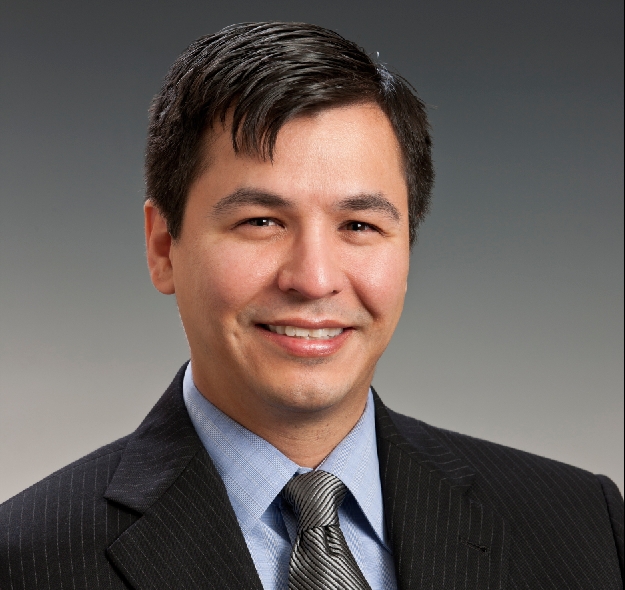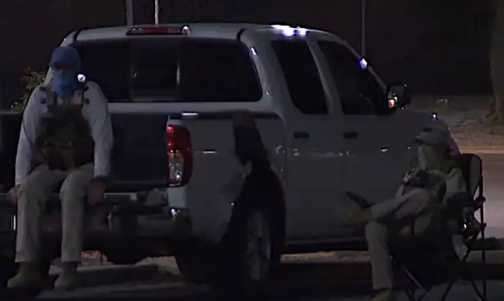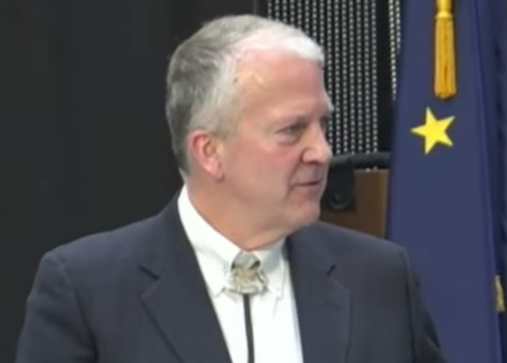 At CIRI, when we sit down to consider changes to the way we do business, besides keeping our shareholder’s best interests in mind, we usually look for one of two things:
At CIRI, when we sit down to consider changes to the way we do business, besides keeping our shareholder’s best interests in mind, we usually look for one of two things:
• Does this change reduce the cost without reducing the quality? (Increased Efficiency)
• Does this change increase the quality without increasing the cost?
(Increased Effectiveness)
CIRI supports Ballot Measure 1: PFD Automatic Voter Registration because Ballot Measure 1 does both.
By synchronizing the PFD application with voter registration, we reduce costs at the Division of Elections over the long term. Currently, the Division of Elections processes 100% of voter registration applications by hand. Local economic researchers have worked with the Division to project that this initiative will significantly reduce annual staff costs. If Ballot Measure 1 passes, the vast majority of voter registration updates would occur through a simple data transfer at the end of the PFD application season. No longer would costly hand-processing be needed.
Critics ignore the fact that the initiative will result in substantial cost-savings, and that prior cost estimates have been shown to be out of date.
[Paul Jenkins: PFD-voter registration initiative deserves a resounding defeat]
The Lieutenant Governor’s 2015 cost estimate to implement Ballot Measure 1 was about $900,000. The Division of Elections (DOE) has reported that two-thirds of that cost estimate was related to upgrading their database to make it compatible with the PFD database. Since that initial estimate, the DOE has upgraded their database resulting in the cost to implement being overstated by at least two-thirds. In addition, the estimate also does not account for the cost savings associated with the initiative each year.
Ballot Measure 1 will also significantly reduce the number of questioned ballots each election. Questioned ballots occur when someone is registered in one community but lives and votes in another. We have thousands of questioned ballots cast every election in Alaska (9,400 in the 2014 election), and they cost a lot of time and money to sort out. By annually updating voter registration for the 95% of eligible Alaskans who apply for a PFD each year, we will substantially reduce the number of questioned ballots.
Ballot Measure 1 will reduce the cost of producing our product, in this case that’s a secure and straightforward election, without reducing the quality.
In fact, Ballot Measure 1 will significantly increase the quality of our elections.
Many people don’t realize that Alaska has one of the lowest rates of voter registration accuracy of any state in the country. We have a population that moves around a lot, and that results in serious holes in voter registration.
Alaskans in the military, young Alaskans, senior Alaskans, rural Alaskans, and Alaskans working in resource development all show much lower rates of accurate voter registration than the general population. As an example: Alaska Natives make up 16-18% of the population in Alaska, but only 7-9% of our registered voters.[xyz-ihs snippet=”adsense-body-ad”]Given that virtually all Alaskans apply for their PFD every year, Ballot Measure 1 would immediately plug the holes in our voter registration system. That’s one way that it would improve the quality of our product. Alaska would go from having one of the worst voter registration rates in the country, to the most accurate voter registration in US history. It doesn’t solve our voter turnout problem in one fell swoop, but it’s an important first step.
Finally, I know that many Alaskans are concerned about the security of our elections. We all know that it is much harder to apply for your PFD than to register to vote. By killing two birds with one stone and making the PFD application the primary vehicle for voter registration, we will significantly upgrade the security of our elections system. A voter registered through the PFD application will receive much higher scrutiny than a voter registered through the traditional form.
As a business person, Ballot Measure 1 is an easy decision.
The return on investment is clear. It’s a simple change with a significant positive impact. Ballot Measure 1 reduces the cost of our elections while making them more secure and more straight-forward. It is increased efficiency combined with increased effectiveness.
That’s why I’m voting Yes on 1.
Sophie Minich is the president and CEO of CIRI. She grew up in Seward, was a recipient of the UAA Alumni of Achievement Award, and now sits on the board of directors for the Anchorage Economic Development Corp.[xyz-ihs snippet=”Adsense-responsive”]







